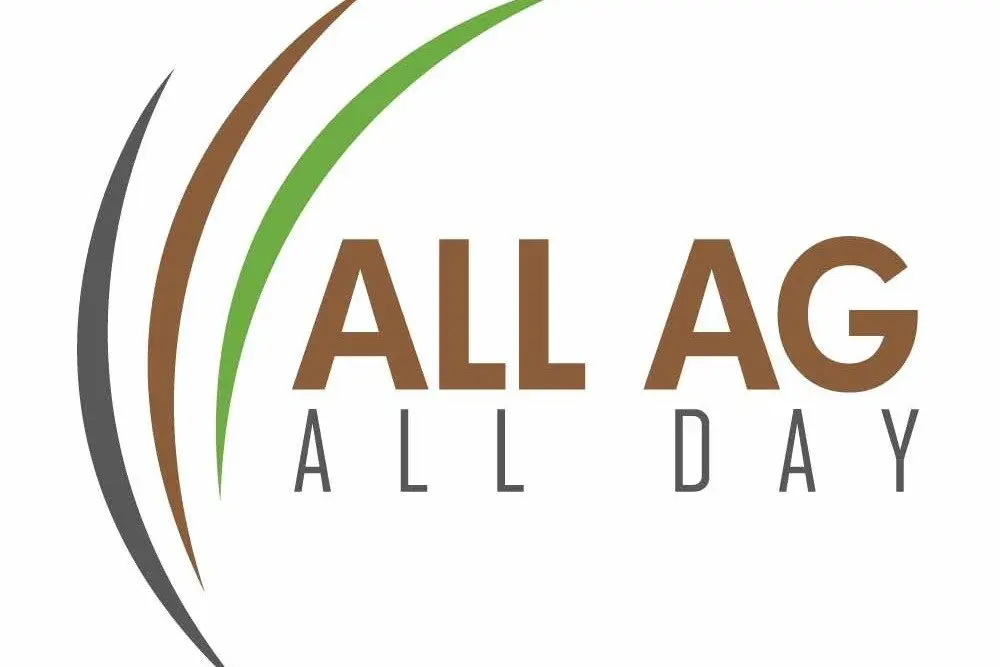
All Ag, All Day is the nation's only full-time farm radio station with studios in Floydada and Nashville, TN (www.AllAgNews.com)
FRIDAY 09/19/2025
Ethanol Gains Traction As Marine And SAF Demand Expands
NASHVILLE, TN – The International Maritime Organization (IMO), the U.N. body regulating global shipping, is pushing for net-zero greenhouse gas emissions by 2050, with benchmarks set for 2030 and 2040. That’s creating new demand for low-carbon fuels, and ethanol may be well-positioned. Ankit Chandra of the U.S. Grains & BioProducts Council points out that America already has 18 billion gallons of ethanol production capacity, record exports of nearly 2 billion gallons last year, and the infrastructure of ports, rail, and barges to deliver supply chains today.
The global Sustainable Aviation Fuel (SAF) market is forecast to surge from $2.06 billion in 2025 to $25.62 billion by 2030, a compound annual growth rate of nearly 65 percent. Meanwhile, marine biofuels used in shipping were valued at $3.94 billion in 2024 and are projected to roughly double by 2034. For U.S. farmers, this could mean expanded demand for corn ethanol, soybean oil, and biomass as feedstocks for SAF and marine fuels. Success, however, depends on carbon certification standards, compliance with IMO and SAF rules, engine approvals, and investments in conversion and logistics.
Farm-Level Takeaway: Ethanol producers face a widening opportunity window as aviation and marine fuel markets expand, with the potential to add billions in demand if policy and certification align.
**********
Beef Imports Rise Sharply As Pork Volumes Decline
LUBBOCK, TX – U.S. beef imports are climbing in 2025 while pork imports continue to ease, according to USDA data through early September. Total beef imports reached 1.82 million metric tons, up 8% from 2024, with South America gaining ground. Canada remains the top supplier at 487,000 MT, but volumes are down 13% year-over-year. Australia shipped 386,000 MT, up 21% on herd recovery and tariff advantages, while Brazil surged 56% to 251,000 MT, displacing Mexico as the third-largest supplier. Imports from Uruguay also grew 35%, adding to the South American push.
Pork imports, by contrast, totaled 261,000 MT, down 11% from last year. Canada still leads with 169,000 MT, but volumes fell 12%. Mexico followed with 24,000 MT, edging slightly higher, while Denmark held third despite a 17% decline. Other European and South American suppliers also shipped less pork compared to 2024.
Farm-Level Takeaway: Beef imports are increasing to cover U.S. supply gaps created by the smallest cattle herd in decades, while pork demand is being met mainly by domestic production. South America is reshaping beef trade flows, with Brazil and Uruguay in particular expanding their share of the U.S. market.
**********
WTO Hackathon Highlights Youth Ideas On Food Trade
GENEVA, SWITZERLAND – The World Trade Organization spotlighted student-driven solutions to global food insecurity during its recent hackathon, drawing entries from more than ten countries. WTO Director-General Ngozi Okonjo-Iweala opened the event by stressing that “trade and food security are inseparable,” calling the competition a sign of what young people expect from the organization.
The top prize went to Global Grains, a team from the European University Institute and Graduate Institute in Geneva, for proposing a “Harvest-to-Market Facilitation Pathway” to reduce post-harvest losses in Africa through better storage and trade channels. Singapore’s Spice Pacific team earned second place with a plan to convert food lost in trade into sustainable biofuels. At the same time, China’s Agro-Strategos took third for recommendations to strengthen WTO rules during food trade disruptions. WTO ambassadors from five nations served as jury members, underscoring the global scope of the contest. CropLife International provided the monetary awards.
Farm-Level Takeaway: While symbolic, the WTO’s youth hackathon reflects growing calls for creative approaches to food trade and security, with potential implications for reducing losses, expanding biofuel markets, and stabilizing grain flows.
**********
Seafood Markets Mixed As Tariffs Drive Import Costs
NASHVILLE, TN – U.S. seafood markets are showing a blend of stability and firmness this week, according to Urner Barry. Domestic shrimp prices are steady to firm as production slowly increases, while domestic browns remain steady but with a less-than-adequate supply. Imported shrimp markets continue to climb, especially black tigers and whites, as tariffs and replacement costs push prices higher. Mexican shrimp markets are steady ahead of the new season, while Argentine red shrimp remain stable.
Catfish, both domestic and imported, are holding steady, though imports face tighter supplies. Atlantic farmed salmon prices are constant, while mahi-mahi and pangasius are firm on limited production and tariff-related costs. In the whitefish complex, cod, pollock, and haddock all face supply challenges, resulting in steady-to-firm pricing. Premium species show similar trends: red king crab and Alaskan snow crab are strengthening on short supplies, lobster tails are firm, and lobster meats are seeing price increases.
Farm-Level Takeaway: Seafood buyers face rising costs on imported shrimp, crab, and some premium species due to tariffs and supply shortages, while domestic shrimp and catfish remain relatively stable. Producers and processors should watch trade policy closely as tariff impacts ripple through seafood markets.



